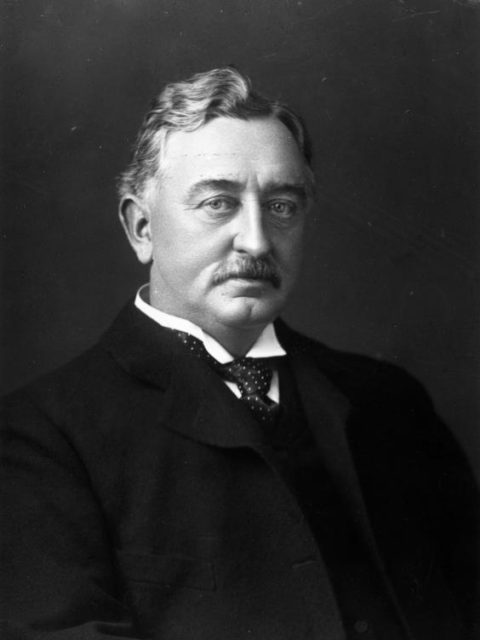Cape Town is one of the most visited cities in South Africa. One location that is particularly popular with urban explorers is the abandoned Groote Schuur Zoo. Located near the University of Cape Town campus and on the slopes of Devil’s Peak, ruins are all that is left on this 4.9-acre site.
The zoo is associated with Cecil John Rhodes, a South African politician, British imperialist, and founder of the De Beers diamond company. At the age of 17, Rhodes moved to South Africa where he founded his diamond company. He made his home there and was to remain in the country for the rest of his days.

Moving swiftly up the political ladder, Rhodes became prime minister at the age of 37 and promoted a policy of racial segregation. His time as prime minister ended in 1896, and Rhodes passed away six years later following a long illness.
In 1893, Cecil Rhodes purchased land that would become his future estate. Today, the University of Cape Town, the Rhodes Memorial, and the remains of the zoo are all to be found on land that made up the former estate.

After purchasing all this land, Rhodes decided to create a herbivorous menagerie on his estate. Then, in 1896, he was given two lions and a leopard as a gift, so he built a special annex next to his existing menagerie to act as a home for these new animals. This fuelled his desire to add many more species of animals from across the British Empire to his menagerie.
Rhodes bequeathed all his property, including his private menagerie, to the state. Following Rhodes’s demise in 1902, the Department of Public Works took over the management of the menagerie because Rhodes had wanted the public to see the animals he had collected.

In 1930, it was necessary to temporarily relocate the animals while the lion and leopard house was demolished. In its place, new enclosures were constructed, designed to accommodate large numbers of animals. After such improvements were completed, the attraction was renamed Groote Schuur Zoo.
The official opening of the Groot Schuur Zoo took place in 1931. In his will, Rhodes had said that the transfer of the land to the state was conditional on the zoo being completely free and accessible to everyone, forever. As such, the zoo was open daily from 9 am to 5 pm for anyone to attend.

Immediately, the zoo became popular with residents and tourists. At its peak, this place was full of animals, including lions, tahrs, emus, kangaroos, and crocodiles.
Today, it is still possible to see some animals from the former zoo due to previous escape attempts. Two tahirs (a type of Himalayan mountain goat) escaped the zoo, fled to Table Mountain, and began breeding a population there. In addition, some European starlings escaped and flourished in their new freedom.

The zoo began to face financial difficulties when the government became unable to fund the activities of the zoo and maintain suitable conditions for the resident animals. This situation was exacerbated when the rules for caring for and protecting animals became stricter.
Groote Schuur Zoo was closed sometime between 1975 and 1985, with no one source agreeing on the specific date. In 1999, the former zoo was incorporated into Cape Peninsula National Park. The Cecil Rhodes Memorial can be found on the side of the mountain near the zoo.

The Groote Schuur Zoo can still be visited today. Despite its abandonment, it is still open to the public as it was during its active lifetime. In place of exotic animals, visitors can observe local wildlife and statues of stone lions.
The buildings and various outbuildings are overgrown with vegetation and have amassed graffiti over time. The biggest draw is the lion’s den since it is the only part of the zoo that is still fully intact. Other areas are just collapsed walls and concrete pools with wildflowers growing where animals once roamed.

The photographs were taken by Dax Ward who documents abandoned places around the world. Dax Ward shares his photography experience on his website where he tells the interesting backstories of unique locations.
Dax Ward captures beauty in Thailand and beyond. Follow him on Facebook or Instagram if you don’t want to miss amazing images of places that are slowly disappearing due to time and decay.










Another Article From Us: Seattle Underground: The remains of the old city that were abandoned and left in ruins until the 1950s

